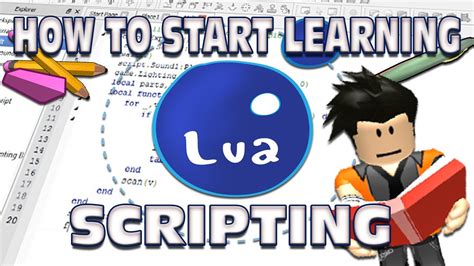In recent years, we’ve witnessed an increasing convergence of various programming paradigms and technologies. One of the latest manifestations of this trend is in the world of Lua, specifically with a project called React Lua. This initiative, available on [GitHub](https://github.com/jsdotlua/react-lua), aims to bring React-like declarative UI paradigms to the Lua and Luau (the Roblox derivative) communities. While the excitement around this fusion of ideas is palpable, it also ushers in a slew of considerations and critique, particularly evident in the developer discussions surrounding the project.
React Lua is essentially a fork of the `roblox/react-lua` repository, designed to open up the internal system used by Roblox to the broader developer community. Roblox has been leveraging Lua since around 2006 as a scripting language for its game development environment. Over the years, the company has created Luau, a Roblox-specific dialect of Lua, to incorporate more safety, speed, and gradual typing features, all of which are essential for the secure sandboxed environment that Roblox offers. According to the documentation, this fork aims to improve community engagement by making it easier for developers to contribute to and utilize Lua for building React-like applications.
However, there’s been some confusion and debate among developers regarding the exact scope and limitations of React Lua. For instance, some users have pointed out that it is unclear whether the project is meant to be used with Lua or Luau, given the frequent mentions and perceived interchangeability of both terms in the documentation. The distinction is crucial because Luau includes specific enhancements over Lua, making it more robust for game scripting but potentially complicating the adoption of React Lua for users unfamiliar with these modifications.
Moreover, the current functionality appears to be limited. A common sentiment expressed by users is that React Lua may be missing significant features to claim true parity with traditional React. This sentiment is encapsulated in comments suggesting that despite being a fascinating project, React Lua may not yet justify the label ‘React’ fully. Developers interested in using this project should be aware that it could be more of a foundation for future development rather than a fully-fledged tool right out of the box.
On the brighter side, initiatives like React Lua underscore the versatility and potential of Lua and Luau as scripting languages. Several comments highlighted how this project aligns well with the ongoing effort to simplify the development of UI components in environments outside traditional web applications. By using React Lua within Roblox, for example, developers can theoretically enhance the iterability and maintainability of their game UIs, mirroring some of the benefits experienced in web development through React. Indeed, some users have even drawn parallels to other type-annotation-rich languages like Teal, which extends Lua with static type checking similar to how TypeScript extends JavaScript.
To sum up, React Lua opens exciting possibilities for those looking to leverage the declarative power of React within Lua-based environments. Nonetheless, it’s clear that the project has significant room for growth and clarification. As discussions among developers indicate, clearer documentation distinguishing Lua from Luau, a comprehensive feature parity list, and robust community contributions will be crucial to its success. In the meantime, for those eager to explore, the [Roblox site](https://devforum.roblox.com/t/how-to-react-roblox/2964543) provides examples and further information that could be pertinent. Ultimately, the evolutionary path of React Lua remains an intriguing arena to watch.


Leave a Reply